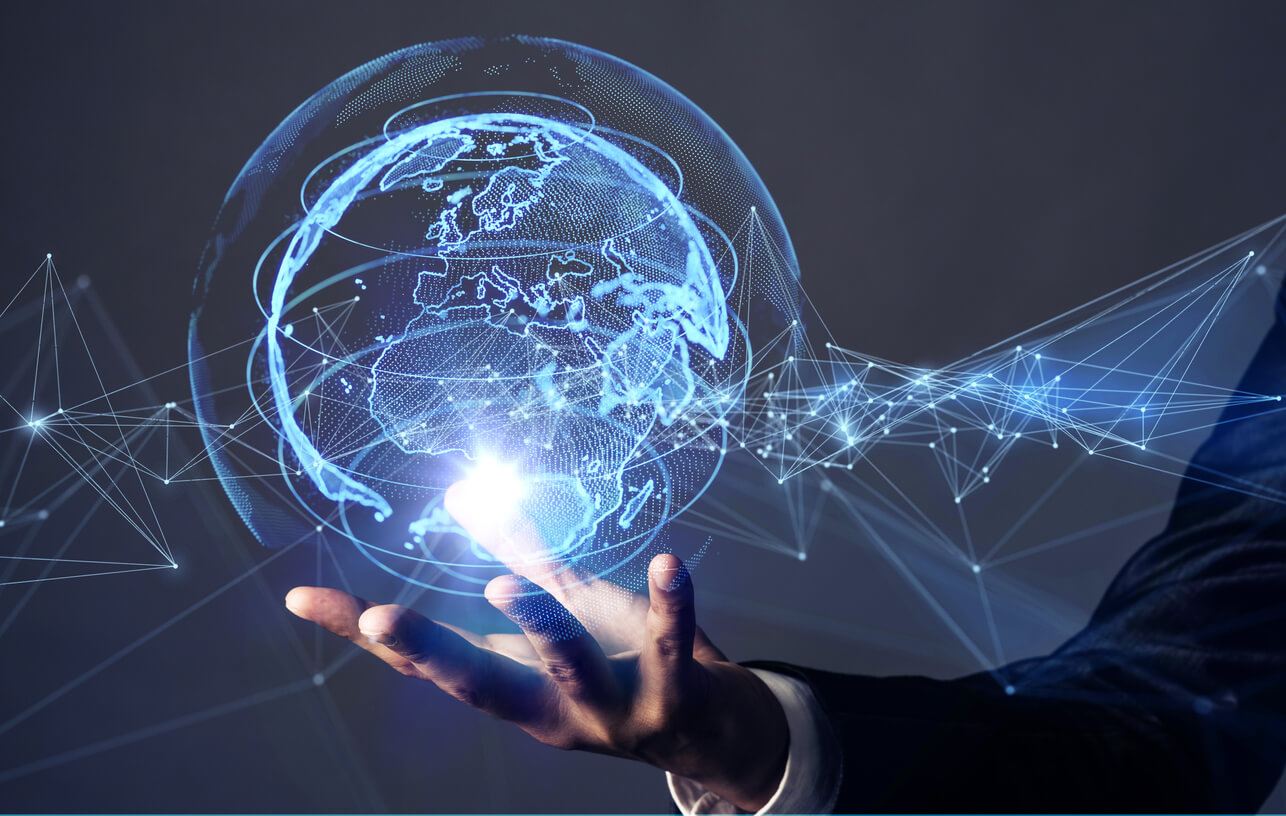Technology has always been a driving force of human progress. From the invention of the printing press to the rise of the internet, each wave of innovation has reshaped society, transformed economies, and redefined how people live and work. Today, we stand at the cusp of another technological revolution—one marked by artificial intelligence, automation, advanced connectivity, and sustainable innovation. The next decade promises unprecedented opportunities and challenges that will reshape industries, governments, and daily life.
This article explores the major technology trends expected to dominate the coming years and examines how they will impact individuals, businesses, and global society.
Artificial Intelligence and Machine Learning
Artificial intelligence (AI) is no longer confined to science fiction. From voice assistants and recommendation algorithms to predictive analytics and medical diagnostics, AI is already integrated into everyday life. Over the next decade, its influence will deepen.
AI will move from narrow applications to more general problem-solving capabilities. Machine learning models will become more efficient, capable of processing massive data sets with greater accuracy and speed. In healthcare, AI may help detect diseases earlier and personalize treatments. In finance, it will power fraud detection and smarter investment strategies. In education, AI tutors could provide personalized learning pathways for students worldwide.
However, as AI grows more powerful, ethical concerns about bias, job displacement, and privacy will intensify. Balancing innovation with responsible use will be a defining challenge for policymakers and industry leaders alike.
The Rise of Automation and Robotics
Automation has already transformed manufacturing, logistics, and agriculture, but the next decade will see robots moving into service industries and everyday life. From delivery drones and self-driving cars to robotic caregivers and automated retail stores, machines are set to handle more tasks once performed exclusively by humans.
While this shift will boost efficiency and reduce costs, it raises questions about employment. Workers in repetitive or low-skill jobs may face displacement, requiring large-scale reskilling initiatives. On the other hand, automation will create new opportunities in engineering, programming, and system management, fueling demand for technical expertise.
The future of work will likely involve humans and machines collaborating—combining human creativity, empathy, and judgment with robotic precision and endurance.

5G and Next-Generation Connectivity
Connectivity is the backbone of modern technology. The rollout of 5G networks promises lightning-fast internet speeds, ultra-low latency, and the ability to connect billions of devices simultaneously. This leap in connectivity will enable new applications, from smart cities and autonomous vehicles to immersive augmented and virtual reality experiences.
For businesses, 5G means real-time data analysis, improved remote work capabilities, and more seamless digital collaboration. For consumers, it opens doors to new forms of entertainment, communication, and on-demand services.
Beyond 5G, researchers are already exploring 6G, which could deliver speeds 100 times faster and enable even more advanced applications, including holographic communication and AI-powered global networks.
Cloud Computing and Edge Computing
Cloud computing has become the backbone of modern digital infrastructure, powering everything from streaming services to enterprise software. As businesses continue to migrate to the cloud, scalability, cost-efficiency, and collaboration have improved dramatically.
However, the next frontier is edge computing—bringing data processing closer to the source of data generation. This reduces latency, improves security, and allows devices to operate more efficiently. For instance, autonomous cars cannot afford to wait for cloud servers to process data—they need real-time responses, which edge computing can provide.
Together, cloud and edge computing will form a hybrid infrastructure that balances efficiency, speed, and reliability.
Cybersecurity in the Digital Age
As technology advances, so do threats. Cybersecurity is now one of the most pressing global concerns. From ransomware attacks on corporations to data breaches affecting millions of consumers, digital vulnerabilities can have catastrophic consequences.
The next decade will see a rise in AI-powered cybersecurity systems capable of detecting and neutralizing threats in real time. Quantum encryption may also emerge as a new standard for data protection, leveraging the principles of quantum mechanics to create unbreakable codes.
Individuals, too, will need to adopt better digital hygiene—stronger passwords, multi-factor authentication, and awareness of phishing schemes. In a hyperconnected world, security is everyone’s responsibility.
The Internet of Things (IoT) and Smart Living
The Internet of Things (IoT) is transforming homes, workplaces, and cities into connected ecosystems. Smart thermostats, wearable health trackers, and connected appliances are just the beginning. By 2035, billions of IoT devices will communicate seamlessly, optimizing energy use, improving healthcare monitoring, and enabling smarter infrastructure.
Smart cities will leverage IoT to manage traffic, reduce pollution, and enhance public safety. For individuals, connected health devices will monitor vital signs and alert doctors in real time, revolutionizing preventive care.
Yet, this interconnectedness comes with risks. Each connected device represents a potential entry point for cybercriminals. Balancing convenience with security will be a crucial challenge.
The Future of Work and Education
Technology is redefining how people work and learn. Remote work, once a temporary solution during global crises, has become a permanent fixture for many industries. Virtual collaboration tools, powered by AI and cloud platforms, allow global teams to function seamlessly.
Education, too, is undergoing transformation. Online learning platforms, immersive VR classrooms, and AI-driven personalized learning are breaking down barriers to education worldwide. Students can now access world-class resources regardless of geography, democratizing knowledge.
The future workforce will require adaptability, digital literacy, and creativity. Lifelong learning will become essential, as technology continues to reshape job markets and industries.
Green Technology and Sustainability
Technology is not just shaping industries—it is shaping the planet’s future. As concerns about climate change grow, sustainable innovation is taking center stage. Green technology, from renewable energy systems to smart grids and carbon capture solutions, will play a critical role in reducing global emissions.
Electric vehicles (EVs), supported by improved battery technology, are rapidly gaining mainstream acceptance. Smart agriculture, powered by sensors and AI, will help feed a growing global population while minimizing environmental impact.
Sustainability will no longer be optional—it will be a driving force in technological development, influencing consumer choices and corporate strategies alike.
Ethical and Social Implications
While the potential of technology is immense, it raises profound ethical questions. Who controls AI decision-making? How do we ensure equitable access to new technologies? How do we prevent digital surveillance from infringing on personal freedoms?
Addressing these challenges will require collaboration among governments, corporations, and civil society. Ethical frameworks, regulations, and public dialogue will be essential to ensure that technology serves humanity rather than divides it.

Conclusion
The next decade of technology will be defined by rapid innovation, increased connectivity, and profound societal shifts. Artificial intelligence, automation, 5G, IoT, and green technologies are set to transform industries and daily life. At the same time, challenges around cybersecurity, ethics, and employment will require careful navigation.
Ultimately, technology is a tool—its impact depends on how it is designed, deployed, and governed. If guided responsibly, the coming wave of innovation has the potential to create a more connected, sustainable, and equitable world.
The future of technology is not just about smarter machines—it is about empowering humanity to solve its greatest challenges and unlock new possibilities for generations to come.

